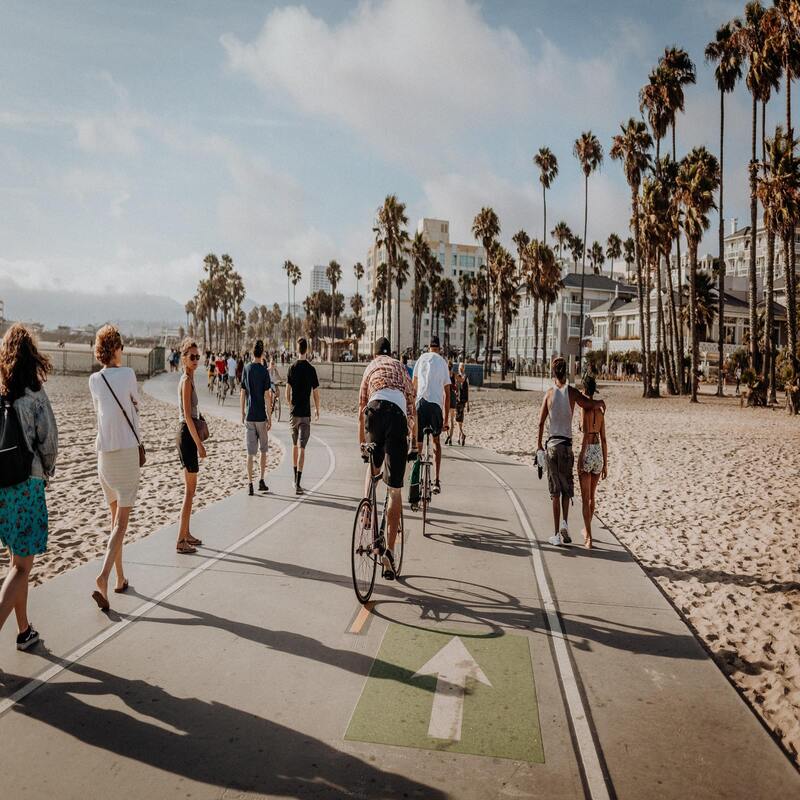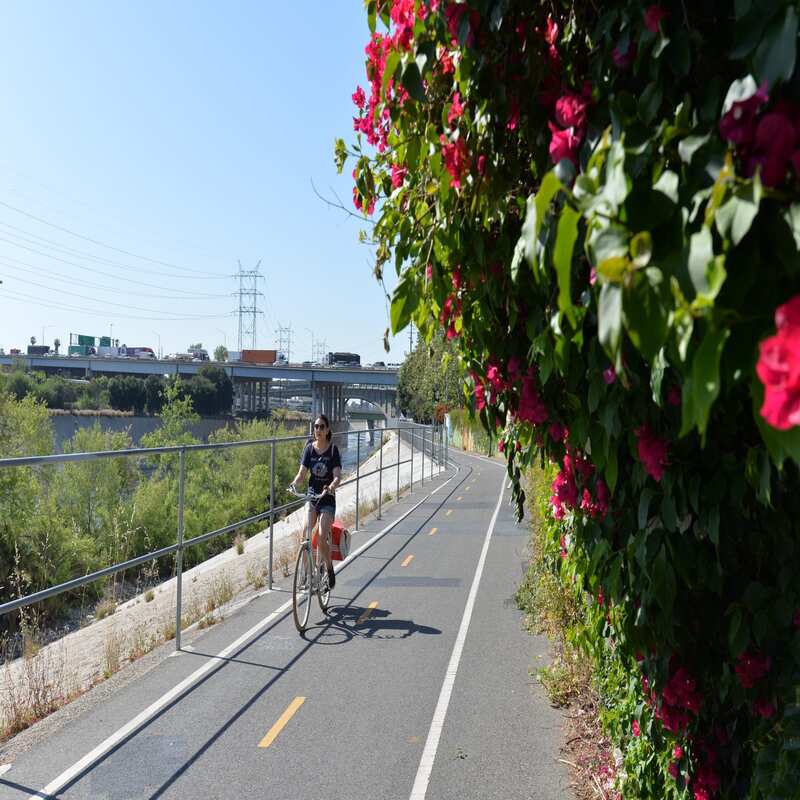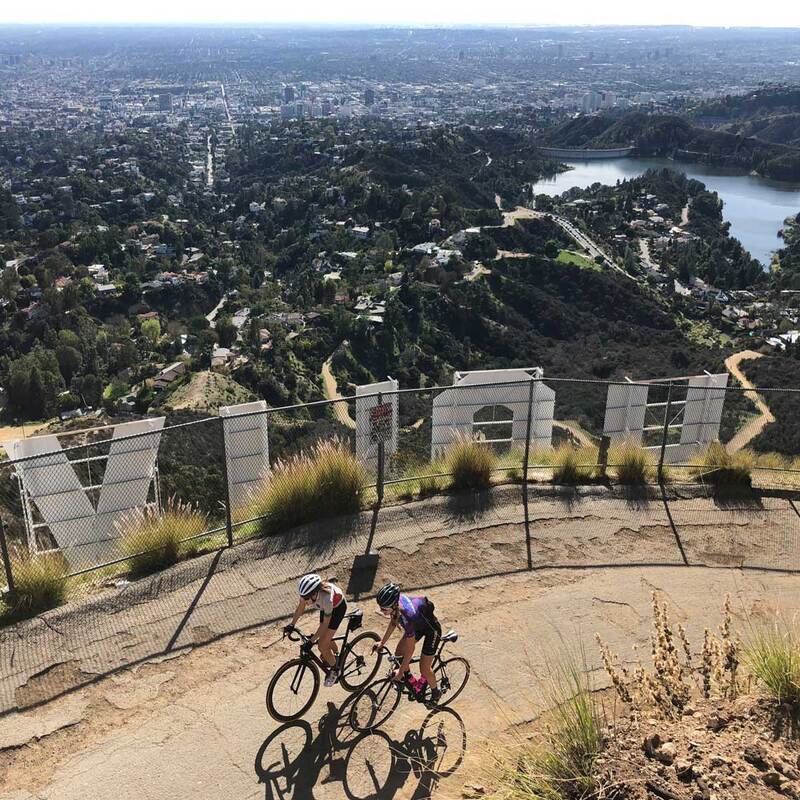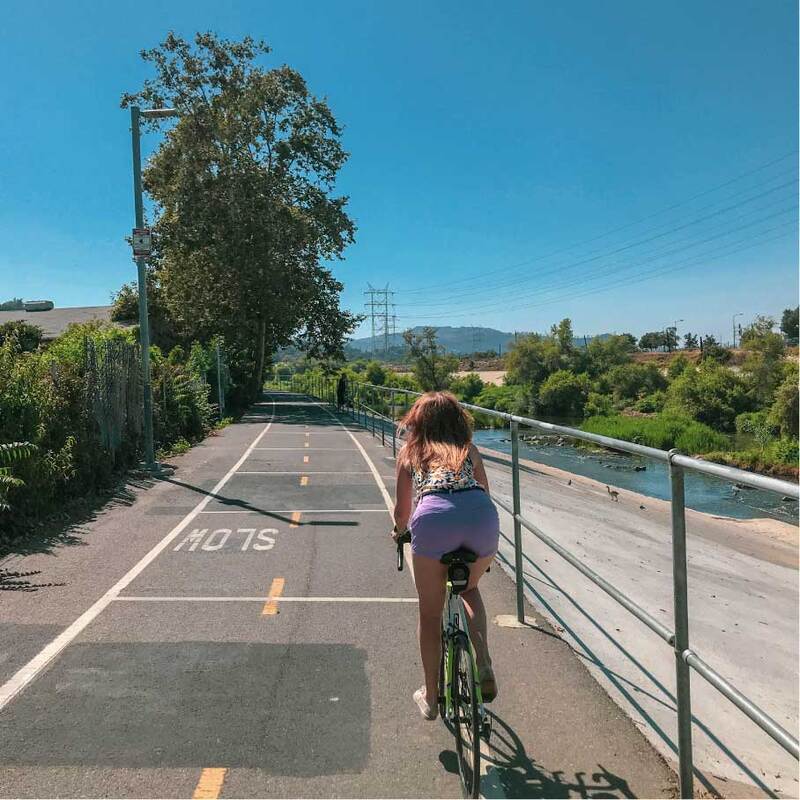Los Angeles is widely recognized for its iconic scenery and vibrant culture, but it’s also becoming a haven for cyclists. The city boasts an expansive network of bicycle paths that allow cyclists to traverse picturesque landscapes while enjoying the great outdoors. As more people embrace cycling, Los Angeles is transforming into a more bicycle-friendly metropolis. The numerous bike lanes and paths cater to both casual riders and serious cyclists. This article will delve into the various bicycle paths, their benefits, and tips for an enjoyable ride.
The Importance of Bicycle Paths
Promoting Health and Fitness
Bicycle paths in Los Angeles serve more than just a means of transportation. They play a crucial role in promoting health and fitness. Riding a bike is an excellent way to stay active. It engages various muscle groups and provides cardiovascular benefits. Additionally, cycling can help maintain a healthy weight. Since many areas in Los Angeles experience heavy traffic, cycling offers a more efficient alternative for commuting. Furthermore, the more one rides, the more enjoyable and manageable it becomes.
Reducing Traffic Congestion
Another critical benefit of bicycle paths is their ability to reduce traffic congestion. Los Angeles is notorious for its traffic gridlock, especially during peak hours. Bike lanes encourage car drivers to consider alternative means of transport. For example, many commuters can switch to biking for short distances. As more people opt for bicycles, road congestion can significantly lessen. This reduction leads to improved air quality and a more pleasant urban experience for everyone. Ultimately, bike paths contribute to a more sustainable city.
Key Bicycle Paths in Los Angeles
The Ballona Creek Bike Path
One remarkable route is the Ballona Creek Bike Path, a scenic 7.5-mile stretch. This path runs from Culver City to the Pacific Ocean. Riders can enjoy leafy surroundings and picturesque views along the way. Additionally, this path connects to other bike routes, offering cyclists many options for exploration. Along the route, you’ll find multiple parks and recreational areas.
Moreover, the Ballona Creek area is rich in wildlife. As you ride, keep an eye out for various birds and other creatures. This natural environment makes cycling enjoyable and refreshing. The pathway is primarily flat, making it accessible for riders of all skill levels. Whether you’re a beginner or an experienced cyclist, it suits all.
The Los Angeles River Bike Path
Another noteworthy path is the Los Angeles River Bike Path. This path runs along the river for over 20 miles, providing a unique environment. Riders can experience a blend of urban and natural landscapes. Additionally, the path connects various neighborhoods and parks. Cyclists often appreciate the ability to travel smoothly across key parts of the city.
Furthermore, improvements have been made along the route. Local organizations have worked to enhance the area, making it more appealing. For example, beautification projects have added native plants and art installations. These enhancements create an inviting atmosphere for cyclists and pedestrians alike. Riders frequently pause to take in the beauty around them while enjoying a leisurely ride.

Tips for Cyclists in Los Angeles
Safety First
Safety should always be the top priority for cyclists in Los Angeles. Observing traffic rules is essential, especially for new riders. Wearing a helmet can significantly reduce the risk of head injury. Additionally, using lights and reflectors can improve visibility, especially during early mornings and late evenings. Furthermore, cyclists must be vigilant about their surroundings. Always look out for potholes, debris, and other potential hazards.
Moreover, being predictable while riding is crucial. Use hand signals when turning or stopping to communicate with motorists. Such practices promote safety and improve relationships between cyclists and drivers. When bike paths intersect with roadways, apply extra caution. Be aware that not all drivers may see you, so staying aware is essential.
Choosing the Right Bike
Selecting the right bicycle is another essential aspect for cyclists in Los Angeles. Various types of bicycles cater to different riding styles and terrains. For instance, road bikes are ideal for long-distance riding on paved paths. On the other hand, mountain bikes work well for off-road adventures.
Moreover, hybrid bikes offer versatility, allowing cyclists to enjoy both on-road and light off-road experiences. It’s wise to consider comfort when selecting a bike. Test ride different models to find one that suits your preferences. Comfort can make all the difference on longer rides. Furthermore, investing in a good quality lock is vital, as theft can be a concern in urban areas.
Environmental Benefits of Cycling
Reducing Carbon Footprint
Cycling significantly reduces one’s carbon footprint. Compared to cars, bicycles emit zero emissions. By choosing to bike instead of drive, cyclists contribute to environmental preservation. This reduction plays a crucial role in combating climate change. Furthermore, cycling reduces the demand for fossil fuels, promoting a more sustainable future.
Additionally, fewer cars on the road lead to improved air quality. Urban areas often face pollution problems, and cycling helps mitigate these issues. Notably, city planners are increasingly recognizing the need for sustainable transportation. More bike paths are being developed to promote eco-friendly commuting options. Consequently, this shift represents a positive trend in urban planning.
Encouraging a Sustainable Culture
Bicycle paths encourage a sustainable culture within Los Angeles. As cycling becomes a part of daily life, communities begin to prioritize green practices. Local businesses may also support cycling initiatives, such as offering discounts to cyclists. Such community engagement fosters a sense of belonging among residents.
Furthermore, schools can organize bike-to-school days, prioritizing physical health and environmental awareness. By encouraging cycling from a young age, children learn the importance of sustainable habits. These actions collectively help in creating a more environmentally-conscious community. Ultimately, promoting a culture of cycling enables cities to become smarter and greener.

Community Engagement and Events
Group Rides
Community engagement plays a valuable role in enhancing the cycling experience in Los Angeles. Group rides are an excellent way for cyclists to connect. Many cycling clubs regularly organize local group rides. Participants can discover new paths and meet fellow cycling enthusiasts. Riding in groups fosters camaraderie and can enhance safety.
Additionally, group rides cater to various skill levels. New cyclists can learn from more experienced riders, gaining confidence along the way. Furthermore, organized rides often have planned stops at local attractions. Such experiences allow riders to explore local culture while enjoying their passion for cycling.
Cycling Festivals
Cycling festivals are another fantastic avenue for community engagement. These events celebrate cycling culture through various activities. Participants can enjoy food, music, and workshops while learning about biking. Local vendors often sell cycling gear, making it a hub for enthusiasts.
Moreover, these festivals promote cycling as a fun and enjoyable activity. Families can participate in fun rides designed for all ages. Children can engage in games and activities tailored to young cyclists. Such events create lasting memories and encourage a love for cycling in future generations. By organizing more such festivals, the cycling community can grow and thrive.
The Future of Bicycling in Los Angeles
Expanding Bicycle Infrastructure
The future of bicycling in Los Angeles looks promising. City planners are focusing on expanding bicycle infrastructure throughout the area. This means more bike lanes, paths, and bike-sharing programs. As the population grows, creating sustainable transportation options becomes increasingly vital.
Additionally, the city is also exploring innovative solutions. For instance, protected bike lanes can offer safer commuting experiences. Such developments may further encourage residents to consider biking as a viable mode of transportation. Ultimately, these efforts can lead to a more interconnected and cyclist-friendly city.
Advocacy and Education
Advocacy plays a crucial role in promoting cycling culture in the city. Local organizations are raising awareness about the benefits of biking. Educational programs aim to teach new cyclists about roadway safety and proper cycling techniques. Additionally, community workshops are held to promote bike maintenance skills, empowering cyclists to care for their bicycles.
Furthermore, advocacy groups work to influence local policies that support cycling. By collaborating with city officials, they can push for improvements in bike infrastructure. Collectively, these efforts can shape public perceptions of cycling. As advocacy continues to grow, a culture of cycling can become ingrained in the city.

Conclusion: Embracing the Cycling Lifestyle
Bicycling paths in Los Angeles serve various purposes, from promoting health to benefiting the environment. Their expansion encourages more people to consider biking as a sustainable mode of transportation. Moreover, community engagement through group rides and festivals fosters a sense of camaraderie among cyclists. By embracing a cycling lifestyle, residents can contribute to a greener, healthier world.
Ultimately, investing in cycling infrastructure and education will shape the future of cycling in the city. As the city continues prioritizing sustainable practices, everyone can play a role. Whether you’re an experienced cyclist or a novice, there’s a path for everyone. Los Angeles is waiting to be explored on two wheels, so grab your bike and hit the paths!


